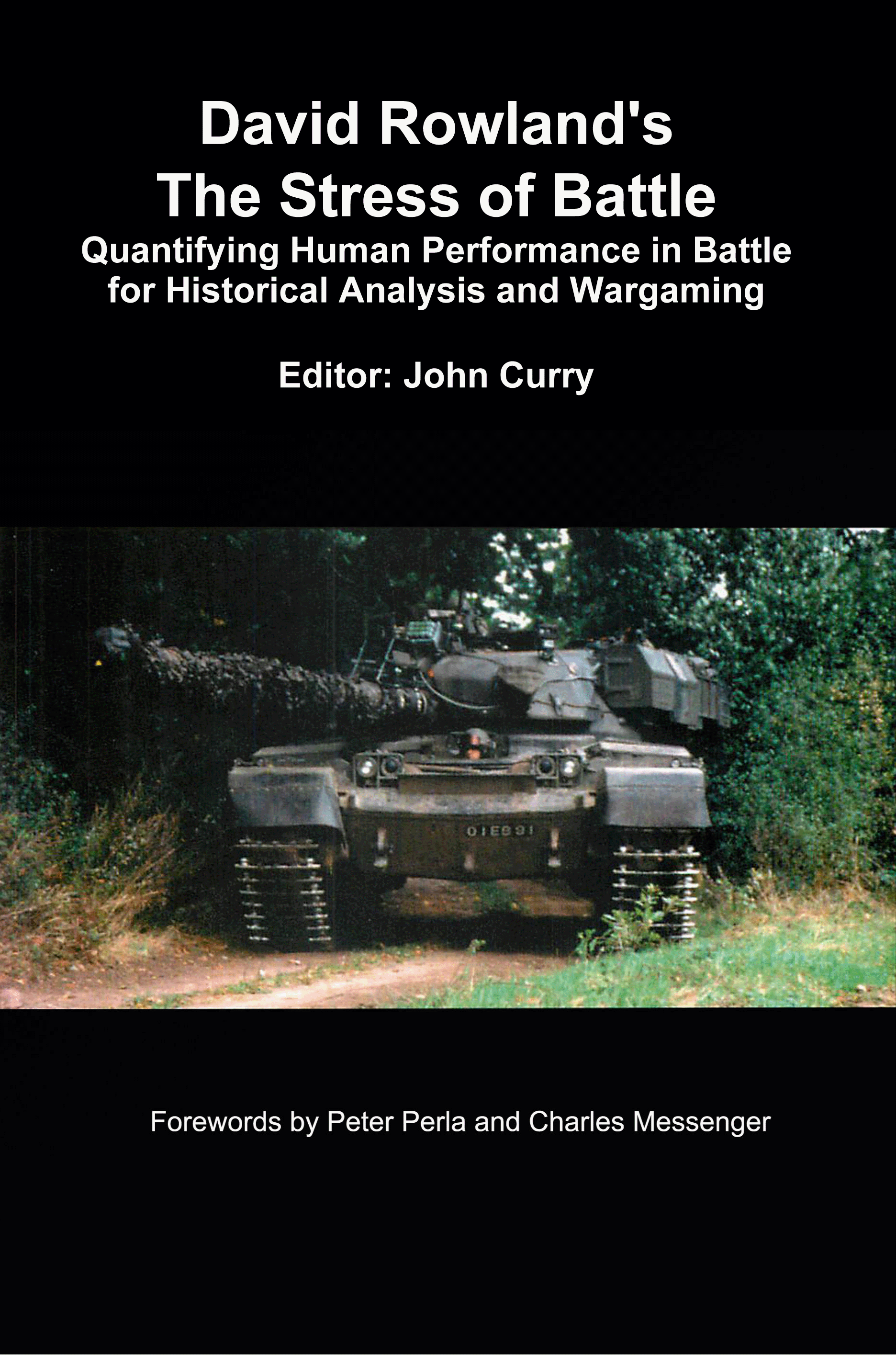The History of Wargaming Project
The project aims to make the largest possible collection of wargaming books and rules available to the modern reader. Ranging from second editions of wargaming classics, to professional wargaming rules used by the military and innovations in current wargaming.

|
|
Professional Wargaming

|
David Rowland's The Stress of Battle
Quantifying Human
Performance in Battle for Historical Analysis and Wargaming |
|---|---|
|
This is one of the
classic works on historical analysis of combat by David Roland as part
of his work in the Ministry of defence. It was widely recognised for its
pioneering research on combat.
|
|
|